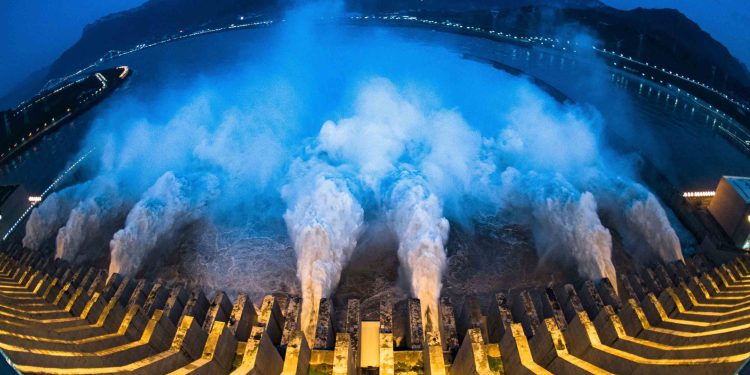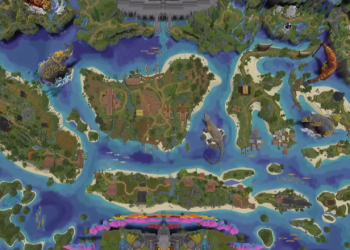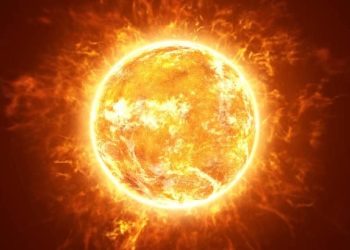Jakarta, Indonesia Sentinel — NASA researchers have discovered that the massive water displacement caused by China’s Three Gorges Dam could slightly influence Earth’s rotation, drawing comparisons to the effects of the 2004 Indian Ocean earthquake and tsunami.
The Physics Behind the Phenomenon
The 2004 Indian Ocean earthquake caused a redistribution of Earth’s mass, reducing the length of a day by approximately 2.68 microseconds. This shift resulted from changes in Earth’s moment of inertia—a physical concept describing how mass is distributed relative to an axis of rotation.
Similarly, the Three Gorges Dam, which holds about 40 cubic kilometers of water, could have a comparable, albeit smaller, effect. NASA’s Goddard Space Flight Center geophysicists calculated that the dam’s water displacement could increase the length of a day by 0.06 microseconds.
This change occurs as the redistribution of water alters the planet’s mass and pole positions, influencing Earth’s spin.
The Three Gorges Dam
Located in China’s Hubei Province, the Three Gorges Dam spans the Yangtze River. It is fed by three gorges—Qutangxia, Wuxia, and Xilingxia—and serves as a critical source of hydroelectric power.
The dam’s vast reservoir powers turbines, generating significant electricity for the region. However, its massive water storage also shifts Earth’s mass distribution, causing minute adjustments to its rotational dynamics.
Planetary Parade: Five Planets to Align in Rare Celestial Event in January 2025
Implications
While the changes to Earth’s rotation and day length are imperceptible to humans, they underscore the interconnectedness of large-scale human infrastructure and planetary systems. NASA’s findings highlight how events like earthquakes, tsunamis, and massive engineering projects can have subtle yet measurable effects on Earth’s geophysical properties.
This revelation adds to the growing understanding of how natural and artificial factors shape our planet’s delicate balance.
(Becky)

























